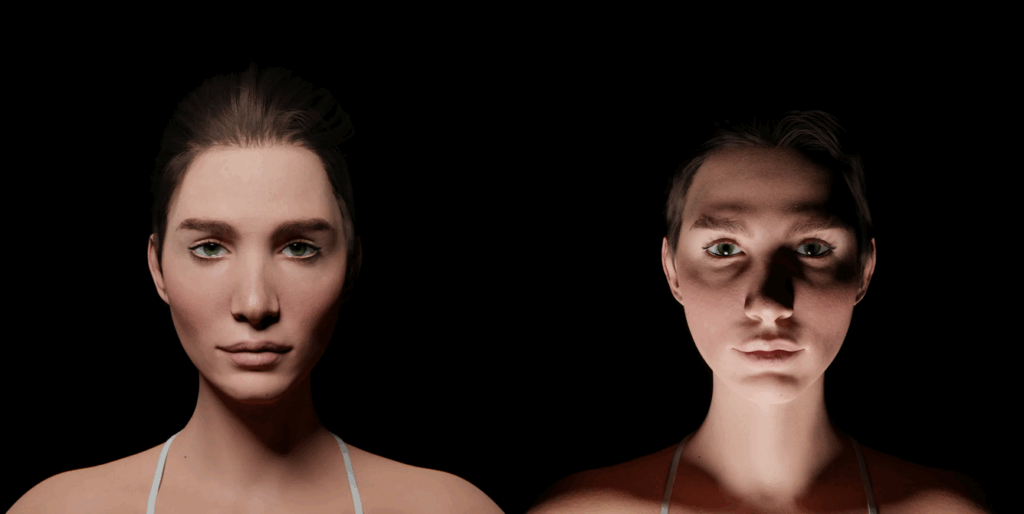Cinematic quality 3D rendering transforms good scenes into breathtaking visuals. The process begins with strategic lighting setups that establish mood. Three-point lighting remains fundamental but needs adaptation for 3D. Global illumination creates natural light interactions. These foundations separate amateur renders from professional work.
Material creation significantly affects high-quality 3D rendering for film studios. Physically-based rendering (PBR) workflows produce realistic surfaces. Microsurface details like scratches and fingerprints add authenticity. Material definitions should reference real-world properties. These elements combine to create believable textures.
For Blender VFX workflow for film production, render layers offer crucial flexibility. Separating elements like characters, environments, and effects enables precise control. Multi-pass rendering captures different lighting components individually. This approach streamlines compositing and post-production adjustments. It’s essential for complex scenes.
Compositing ties all elements together seamlessly. Color grading establishes visual consistency across shots. Lens effects like flares and distortions add photographic realism. Grain and subtle imperfections prevent CG from looking too sterile. These finishing touches achieve cinematic quality 3D rendering.
Optimizing render settings balances quality and efficiency. Sample counts should vary by scene requirements. Denoising techniques can reduce render times significantly. Render farms become necessary for feature-length 3D animation for cinematic movies. Smart workflow choices prevent production bottlenecks.
Emerging technologies like real-time rendering change workflows. Tools like Blender’s Eevee engine offer new creative possibilities. Hybrid approaches combine different rendering methods strategically. Staying current with technology is vital for modern Blender for animation studios. The field continues evolving rapidly.
Final output must meet strict delivery specifications. Resolution, frame rate, and color space vary by project. Proper file organization prevents costly mistakes. Quality control checks catch issues before final delivery. Mastering these technical aspects completes the professional 3D modeling for film production pipeline.

